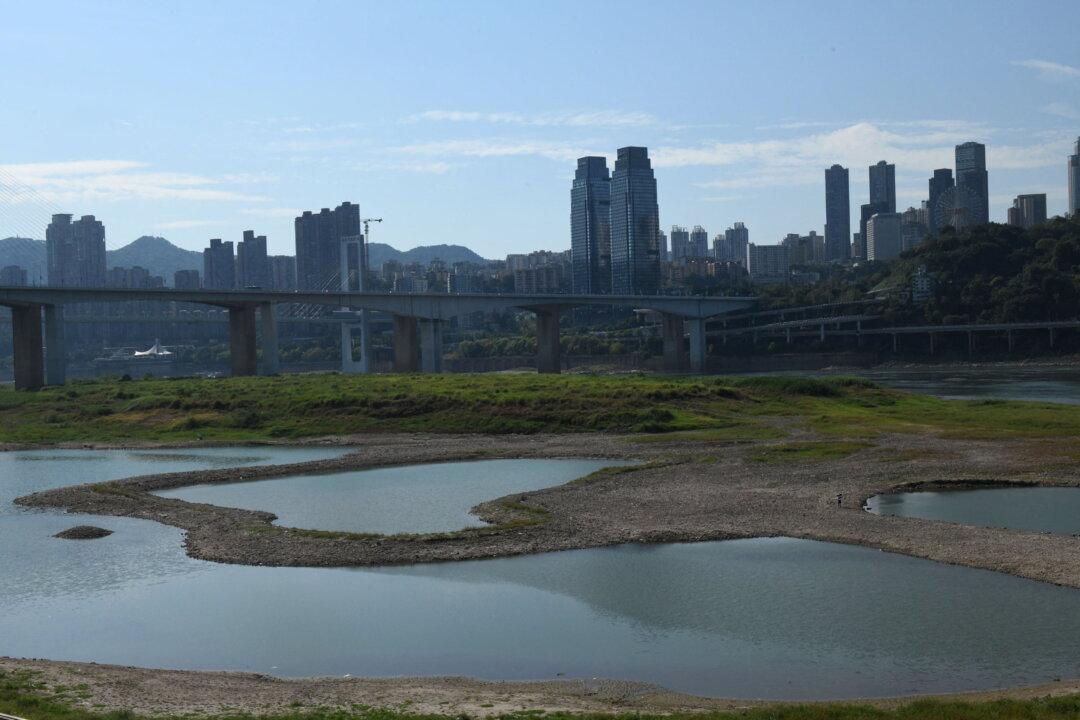CHONGQING/SHANGHAI—Residents living near a tributary of the Yangtze river in the southwestern region of Chongqing clambered along the dry riverbed on Thursday amid an unprecedented drought across the region that could last another month.
“I am actually pretty worried, because the water has been cut off in my compound,” said Tian Feng, a 27-year old resident exploring the riverbed.





